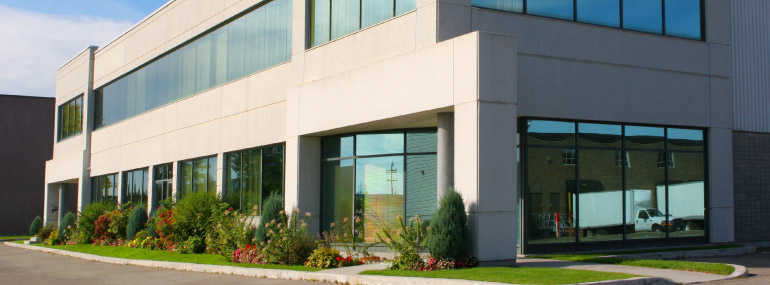Why is the amount of income I can take out of my practice diminishing?
Why is my monthly practice cash flow volatile?
What are some factors I should review to help enhance cash flow?
These are questions and concerns we hear from practitioners from time to time. Maintaining enough capital to operate the practice is crucial to an efficient operation. If problems persist, your practice and lifestyle may become jeopardized.
Analyzing your cash flow situation is the first step towards understanding the financial health of your practice and forecasting potential problems. Many practitioners do not know the causes of cash problems. In many instances, a combination of factors might be at work.
To help pinpoint a problem, we have developed a few questions you can answer by comparing current to historic financial information regarding your practice. If you cannot answer these questions your accountant should be able to help you. Whether you are having problems now or you just want to enhance already adequate practice cash flow, the following Self Diagnosis Tools may help.
After you have diagnosed your situation, you will need to develop and implement
a plan to increase cash flow and cash reserves. The methods to increase
cash flow cover many aspects of a private practice. Your needs will be dictated
by your specific practice situation.
The following ideas might help you begin to develop your own cash flow
enhancement plan.
Short term:
- Insure timely patient billings.
- Strengthen receivable oversight and collection efforts.
- Purchase only the inventory you need. Don’t “over buy” inventory.
- Equipment purchases should not consume all of your cash. Consider
debt or a cash / debt combination for acquisitions.
- Do not pay down debts ahead of schedule if you have volatile cash
flow. This is particularly true in recently acquired practices. Wait until
patient retention has been sustained and cash flow has been stabilized.
This takes approximately two years from the acquisition date.
Long term:
- Reduce overhead expenses.
- Reduce cost of goods sold.
- Implement a plan to increase patient volume.
- Look into ways to increase average patient revenue.
- Work outside the practice.
- Implement more efficient scheduling to free up OD time to see
more patients.
- Reduce personal expenditures.
As you can see, these Self Diagnosis points rely on an accurate and consistent financial accounting system. If you do not have one, have your accountant set one up and teach you how to maintain and interpret the relevant reports. You can setup the custom reports you need to get a snapshot of your practice performance. We use a banking version of this concept to run Vision One. Understanding your practice’s financial health and the ability to potentially forecast problems is crucial to operating a successful business. Nothing is fool
proof but using the appropriate diagnostic tools is a good start. Check with
your financial advisor to determine which diagnosis tools work for you.
Written by: Bob Schultz, President & CEO of Vision One Credit Union









